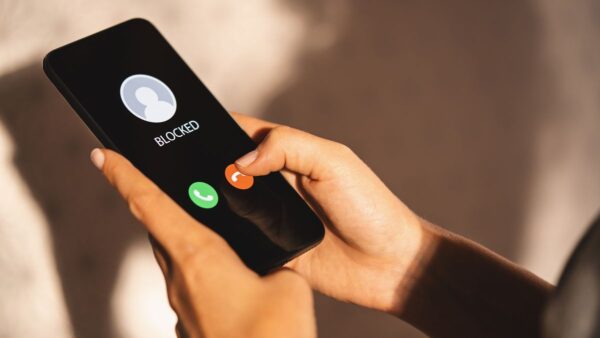One of the most frustrating things when trying to work is having your download speed limited by your ISP. This can lead to a lot of waiting, and if you use something like YouTube or Spotify, this could lead to an hour or even more spent on loading one song. Luckily, you can use a few tips that will help increase the download speed for whichever task you’re doing. If it doesn’t work as fast as possible, consider switching ISPs! Or better yet, consider what service provider offers the best download speed in your area.
That being said, these 5 tips and tricks will help you get through anything online streaming services, torrent downloads, or just general browsing.
1. Use the right browser
Using an old version of Internet Explorer might not seem like it’s the biggest deal in the world. Still, if you’re planning on downloading something heavy, then you might want to consider switching over to a newer browser or even just a different browser entirely. Using Internet Explorer can lead to your download speed slowing down significantly. Microsoft has stopped updating the program; it simply doesn’t run as fast as it should be used for activities like online file transfers.
You might also consider using Google Chrome for your downloads. This is because just about every version of Chrome comes with flash pre-installed, and Google has made it so that flash is optimized to work well with the browser’s overall features. So when you’re downloading, you don’t have to worry about the speed interfering with your download, and if you’re on a computer without an operating system, it will help you along even more to reduce the loading times.
If you are looking for a way to download movies, music, games and more?The Pirate Bay is the best option for you. It is a free peer-to-peer sharing site committed to offering free content. It doesn’t charge anything for its content or even a membership fee.
2. Disable Java in Windows 7 and 8
Java is Microsoft’s software that manages your settings and settings for other applications that come with Windows.
In Windows 7 and 8, your Java-related settings are in the Control Panel on your desktop. You will want to navigate the Java tab and then click on the advanced tab. Scroll down to security options and uncheck the boxes that allow applets to run in the browser and run executable jar files when you get there. Since Java is no longer being updated as quickly as it used to be before, you might want to consider disabling it all together on your computer.
3. Speed up your connection

Sometimes you could be using the highest level of internet service available. Still, if your router is old and not functioning as quickly as it should, then it’s going to slow down all of your internet activity. This is true whether you’re downloading, uploading, or just browsing the web in general. You can see this when you open up a browser like Google Chrome; if you take a look at the information bar on the bottom right corner of the screen, it will tell you exactly how vital your connection is. If you see any error messages, those aren’t good things.
4. Disable other devices connected to your router
Let’s say you have a wireless router installed in your home that has a lot of devices connected to it, including your computer, printer, and even a cable box. These devices will share the bandwidth provided by the router, so when one device utilizes all of that bandwidth, the others are being held back.
For example, if you have an Android phone hooked up to your wireless router and it is actively downloading something online, then you’re going to be doing the same thing – sharing that space with everything else on your network. If that connection goes down for whatever reason (like maybe because another device needs to use it), all of this bandwidth may slow down or even completely stop.
There are a lot of ways to get around this! If you have a newer router with multiple settings that you can tweak, you might want to go ahead and try to downgrade the settings on your device so it doesn’t use as much bandwidth. Also, if your device is capable of it, make sure you only have Wi-Fi turned on. This way, if the signal gets weak during a download, it won’t be automatically connected to the internet since it’s not a wired connection.
5. Use peerblock and peerguardian
Peerblock and peerguardian are programs that can be downloaded for free to block any file sharing programs from connecting to your computer or downloading any files without your permission first. This will stop you from downloading any suspicious files from websites you don’t trust or have seen too many fake adverts.
Peerguardian is a little more advanced, and it can block anything that the user wants to, but peer block is just a way to prevent other people from using their computer in any file-sharing capacity. This will help increase your download speed because they won’t be able to use your bandwidth in any way they want.
Conclusion:
In this article, we’ve provided you with some tips and tricks to help you increase the speed of your downloads. We hope these tips have been helpful!


